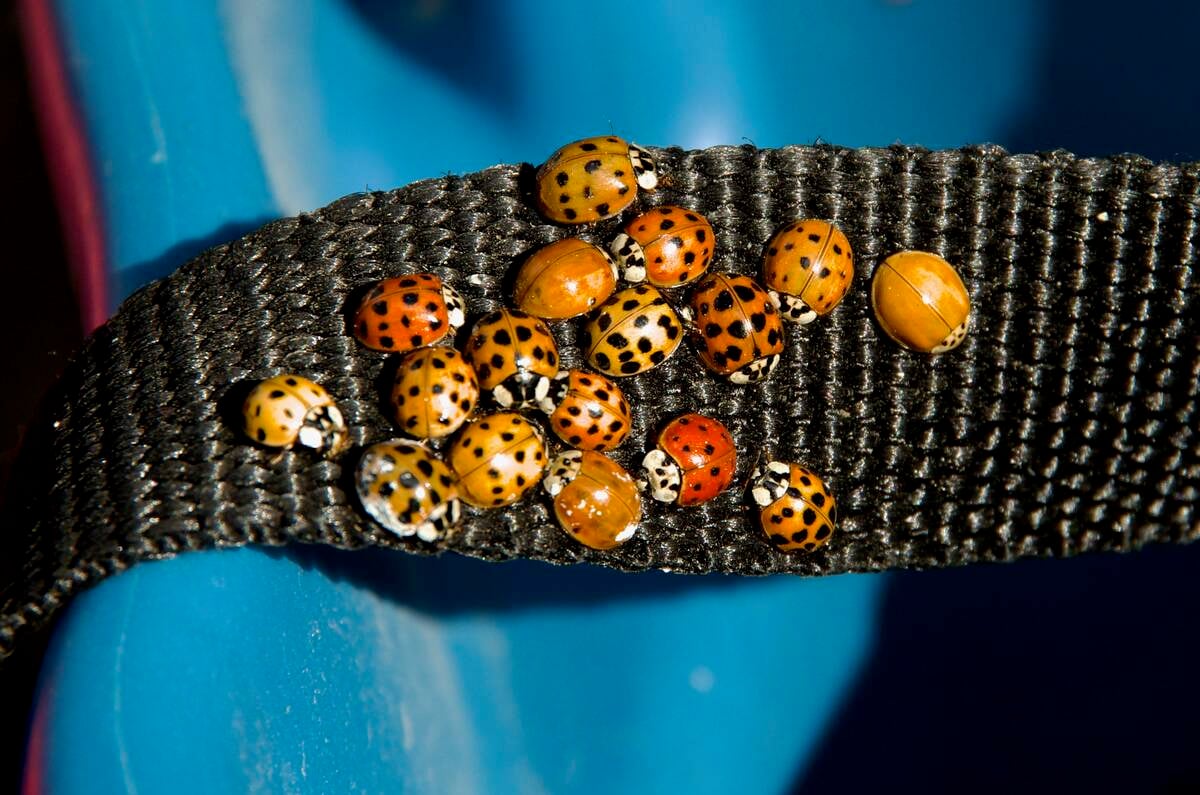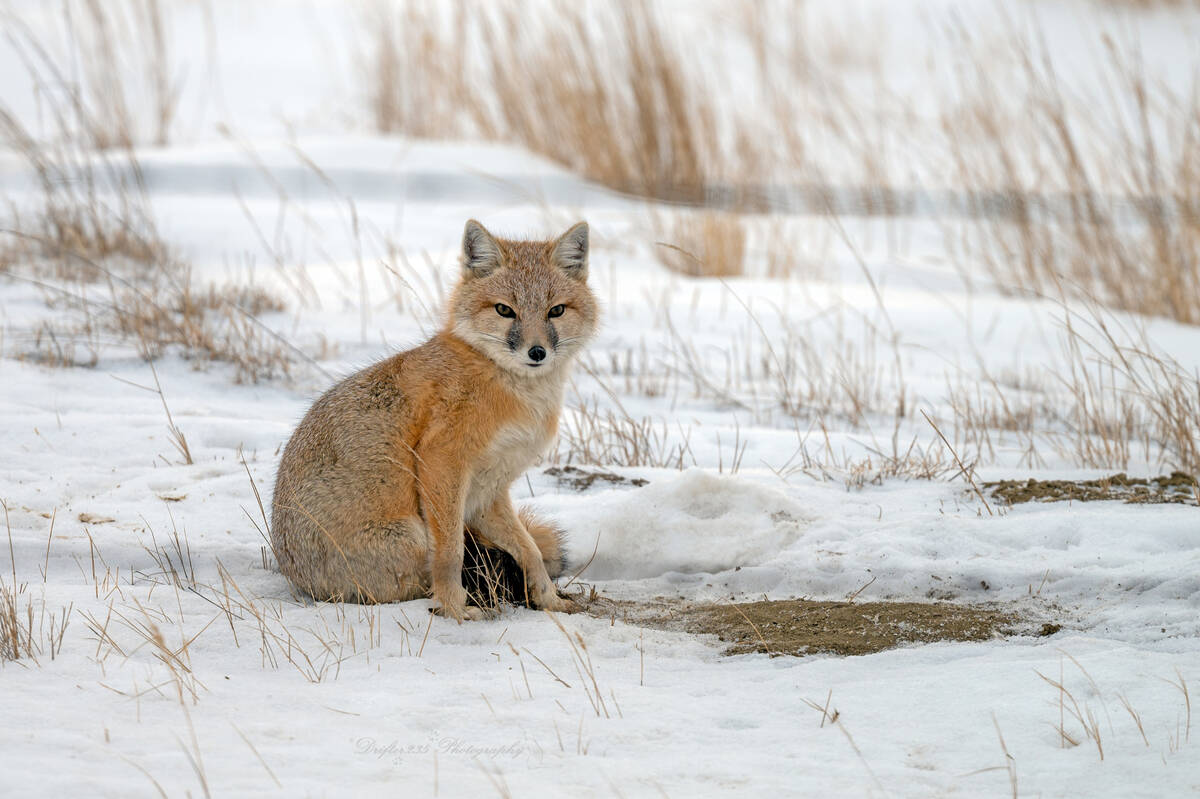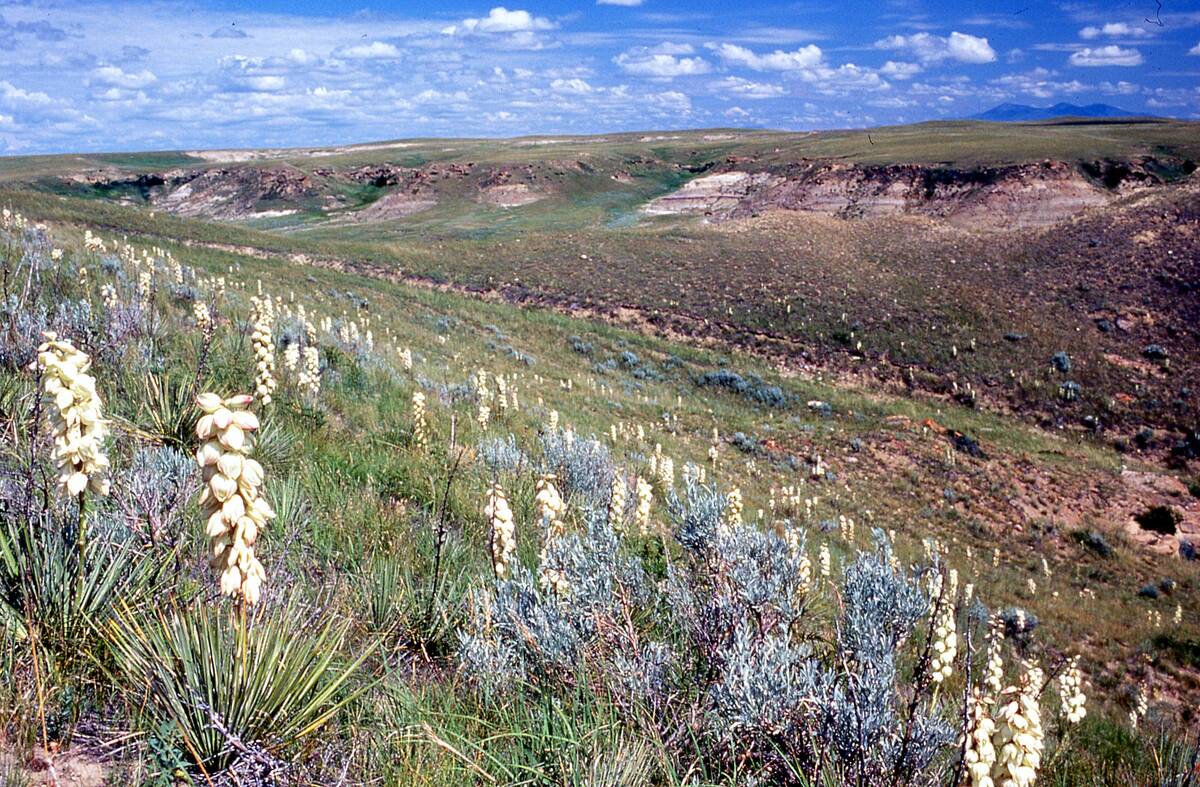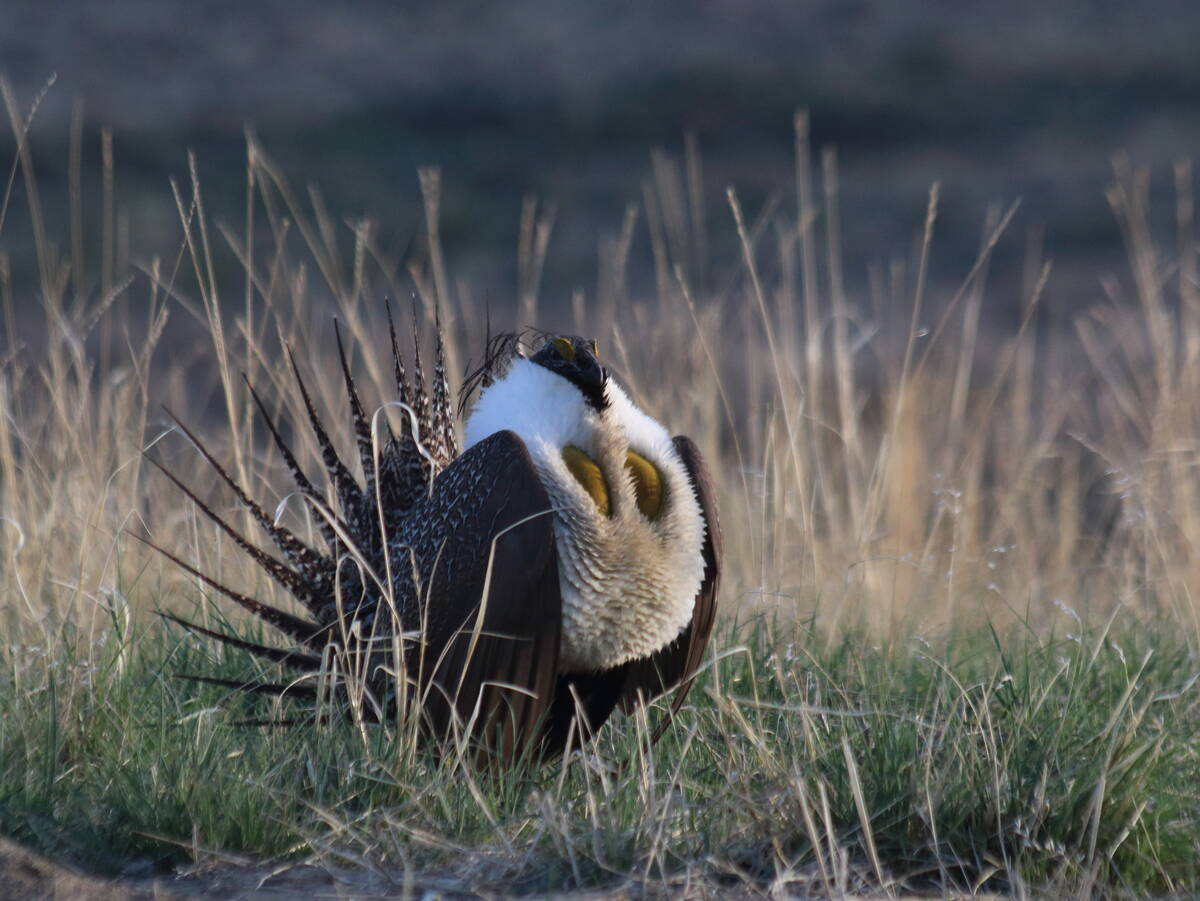New biodiversity areas identified for western grasslands

There’s a new focus on protecting biodiversity in native prairie grasslands in southwestern Saskatchewan and southeastern Alberta.
It’s coming in the form of new “key biodiversity area” designations, denoting they’re home to species at risk in this rapidly vanishing landscape.
Key biodiversity area designations are part of an international effort to identify and contribute to protecting these natural resources. In Canada, participants include federal, provincial, territorial and Indigenous governments and wildlife groups such as Wildlife Conservation Society Canada, Birds Canada and the Alberta Wilderness Association.
Read Also


Farmers urged to watch early for insect pests
Scouting early can help protect Manitoba crops from pest insects like flea beetles, cutworms or grasshoppers.
Although KBAs are relatively new and don’t infer any legal protection, they have helped focus support and funding in ways that can benefit both farmers and wildlife. Some foundations in Canada are prioritizing environmental grants to action within KBAs.


“Canada’s prairies are highly endangered and under intense pressure from agricultural, industrial and urban development,” said Ruiping Luo, a conservation specialist with the Alberta Wilderness Association.
“They are also one of the least protected ecosystems in the country.”
Luo said the new biodiversity areas recognize some of the most extensive and unique remaining prairie ecosystems and help identify areas of focus for conservation and protection.
Species that benefit from these habitats include the threatened swift fox (approximate 647 remaining individuals), and the Weidemeyer’s admiral butterfly, which inhabits just 13 locations across Canada, as well as extensive habitat for grassland birds.


The new KBAs include:
- Onefour-Lost River-Sage Creek
- Prairie Pastures
- Writing-on-Stone
- Cypress Hills
- Pakowki Lake and Sandhill
- Milk River-Pinhorn
Luo said success depends on co-operation from landowners and leaseholders, and there can be a variety of responses from these stakeholders, ranging from enthusiastic endorsement to outright suspicion.
However, he said that when conservation efforts are carefully designed, they can both enhance natural habitat and bolster the bottom line of agrcultural operators.
”We have had strong allies from ranchers and producers who care about the land and want to protect the ecosystem and biodiversity,” said Luo.
Luo noted rotational grazing can increase carrying capacity for ranchers and improve pastures, while also creating variation in grass height that helps wildlife thrive.


On cropland, there have been efforts to restore unproductive portions of fields to natural habitat, creating patches that benefit native wildlife while also improving nearby soils and improving the farmer’s profitability by removing input use in places where it will never create a return on investment.
On native prairie ecosystems, efforts help with water retention, which mitigates flood and drought conditions, and also provide nutrient cycling and filtering of some toxins from water and air. They also create important habitat for pollinators and beneficial insects to crops.
There’s little doubt human activity can have a dramatic effect on wildlife populations. Passenger pigeons, at their peak, were estimated to number between three and five billion, covering a range extending from the southern Prairies to Nova Scotia and south to Texas, Louisiana, Alabama, Georgia and Florida. After just a century of human contact, the last known living specimen died in 1914 at the Cincinnati Zoo.
Similar trends, albeit on a smaller scale, are emerging in prairie habitats, where grassland bird populations have dropped by 67 per cent since 1970.
The greater sage grouse is one example. It’s Canada’s most endangered bird, with only about 200 in Canada, which represents a 98 per cent decline in its population in the past 44 years.
“If we don’t act, these species could vanish from the landscape within a generation,” said Ciara Raudsepp-Hearne, a director for KBA Canada.
“Species decline can be extremely fast when habitat is lost.”
Biodiversity disruption doesn’t just hurt individual species; it can harm entire ecosystems. Pollinators can be lost, water infiltration lowered, soil health harmed and other cascading effects.
When biodiversity is disrupted, the effects cascade past individual species and into whole ecosystems.
Canada is among the countries with the highest proportion of intact ecosystems, which are mostly in Canada’s northern region. However, they are rapidly losing ground, especially in places such as the grasslands.
Producers who are interested in exploring habitat improvement can access funding and support through programs such as MultiSAR and Cows and Fish.
Source: producer.com


